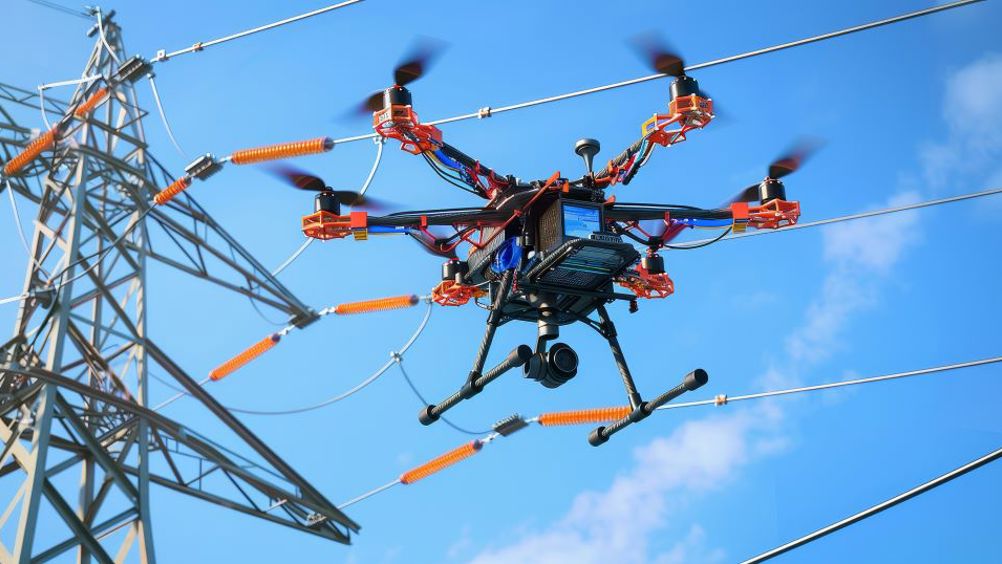New rules enable infrastructure inspections with drones
Drones will be deployed for long distance inspection of infrastructure as well as site security following new rule changes published by the UK Civil Aviation Authority.

The aviation regulator’s new rules will enable drones to fly beyond the visual line of sight (BVLOS) of remote pilots in so-called ‘atypical’ operations through its new policy for atypical air environments (AAE).
BVLOS flights have been taking place in the UK for several years, but these flights have occurred primarily in trials under strict restrictions.
The regulator’s new rules will allow activities where drones can remain at low heights close to infrastructure or near buildings where there is little or no potential for any other aircraft to be operating. These activities include inspecting power lines, maintenance checks of wind turbines, and ‘flying guard dogs’ with drones used for site security.
In a statement, Sophie O’Sullivan, director of Future of Flight at the UK Civil Aviation Authority, said: “As the potential for drone applications continues to expand, our new policy paves the way for new ways drones will improve everyday life.
Register now to continue reading
Thanks for visiting The Engineer. You’ve now reached your monthly limit of news stories. Register for free to unlock unlimited access to all of our news coverage, as well as premium content including opinion, in-depth features and special reports.
Benefits of registering
-
In-depth insights and coverage of key emerging trends
-
Unrestricted access to special reports throughout the year
-
Daily technology news delivered straight to your inbox










Water Sector Talent Exodus Could Cripple The Sector
Maybe if things are essential for the running of a country and we want to pay a fair price we should be running these utilities on a not for profit...